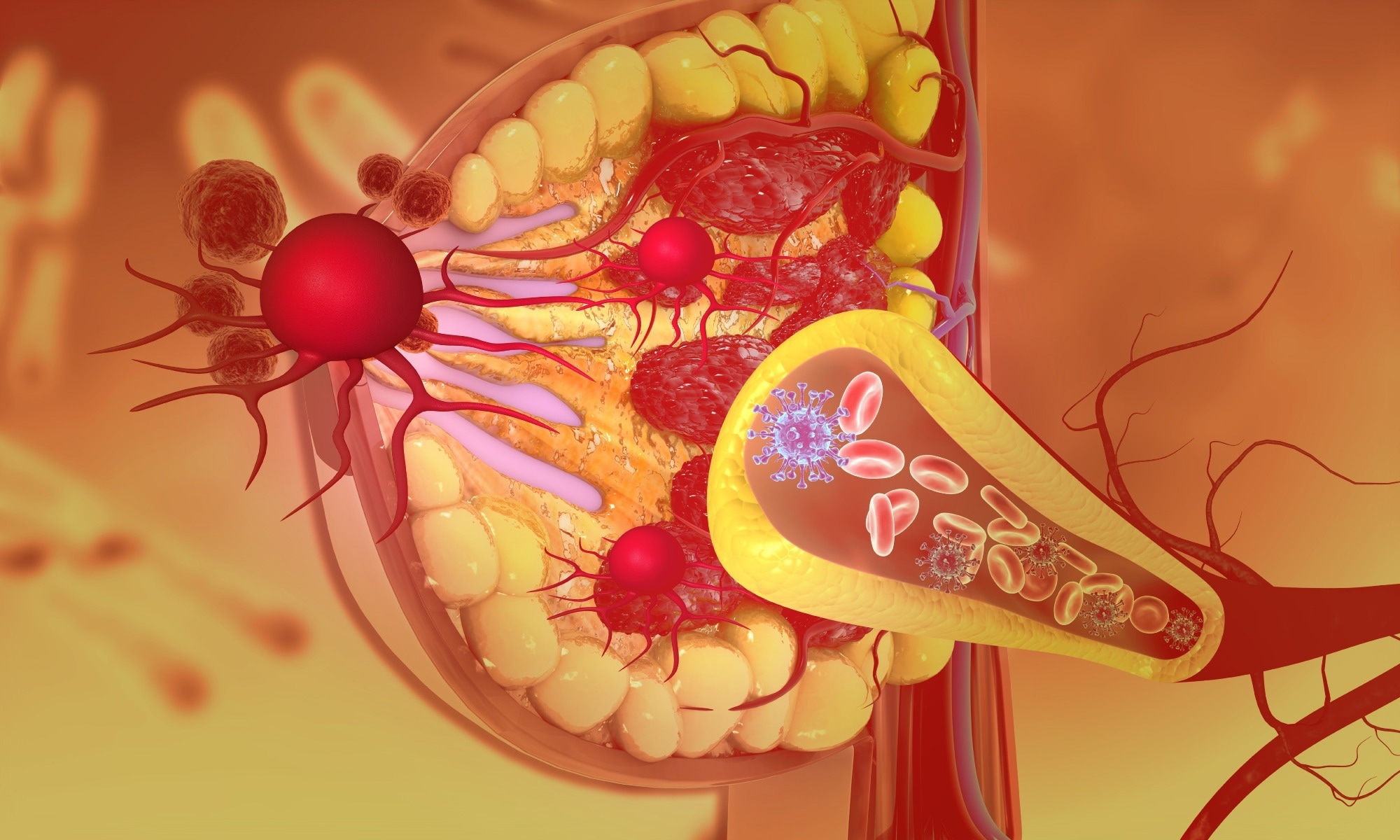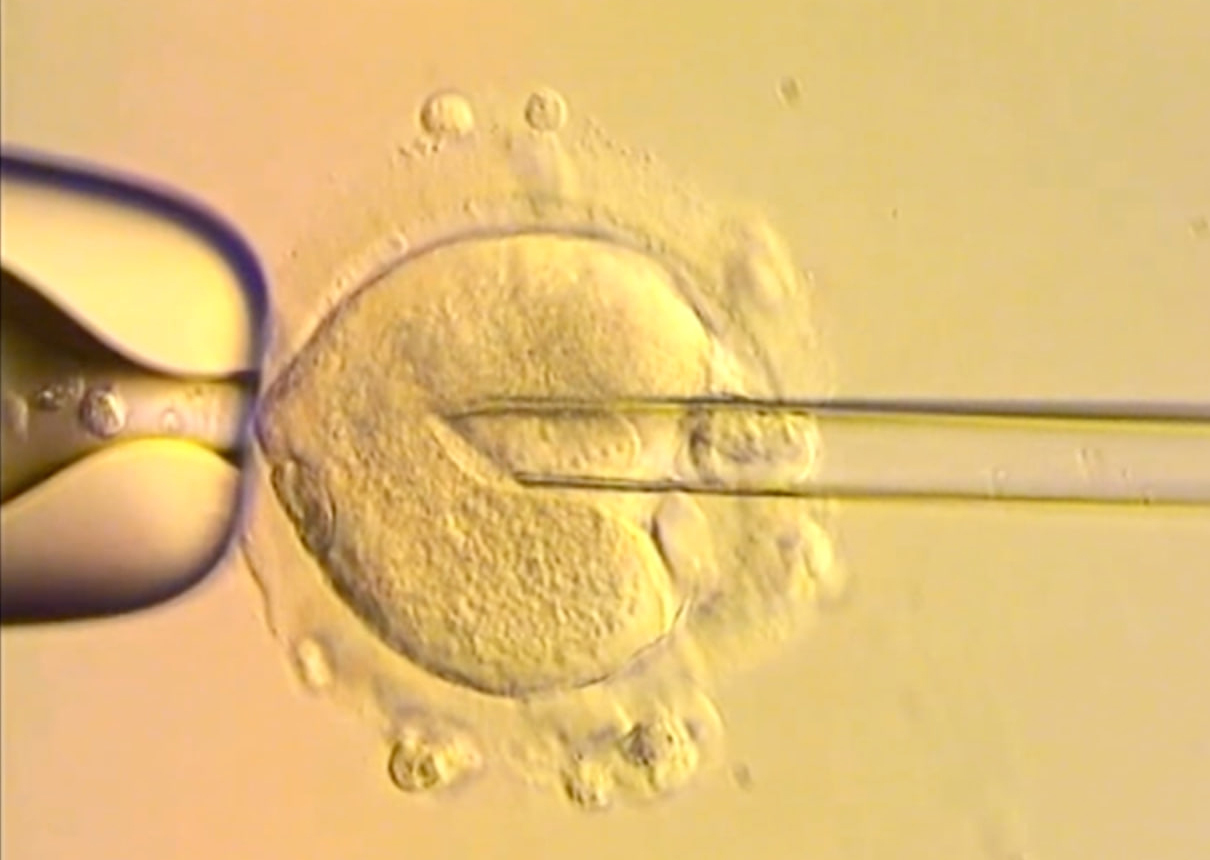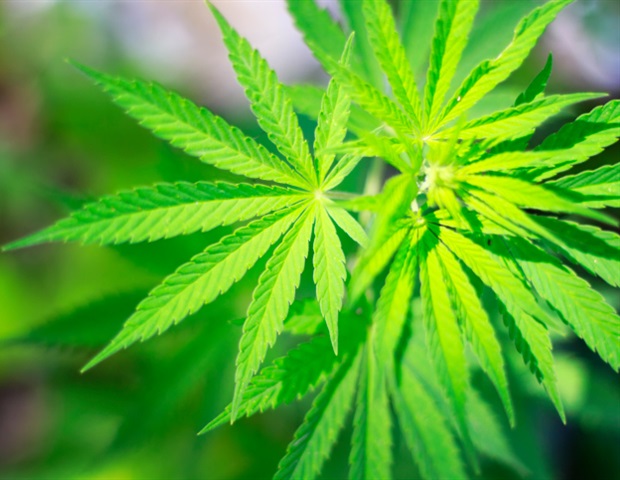Rising Breast Cancer Deaths Linked to Red Meat Consumption in Younger Women: A Global Concern

As the incidence of breast cancer-related deaths linked to high red meat consumption rises among younger women, particularly in developing nations, a comprehensive study sheds light on the critical role that dietary changes could play in saving lives. This research has become increasingly pertinent as health experts highlight the need for action to combat the alarming trends in breast cancer mortality.
Published in the esteemed journal Frontiers in Public Health, the study investigates temporal, geographic, and socio-demographic trends and risk associations regarding female breast cancer worldwide, utilizing over three decades of data (1990–2021) from the Global Burden of Disease (GBD) 2021 study. The goal was to quantify the impact of high consumption of unprocessed red meat on mortality rates and disability-adjusted life years (DALYs) associated with breast cancer.
The findings of the study reveal a significant increase in the number of breast cancer deaths associated with high red meat consumption, with model estimates showing a rise from 44,492 deaths in 1990 to 79,956 in 2021 — a staggering increase of 79.7%. Additionally, the model-estimated DALYs rose from 1,379,721 to 2,407,092 over the same period, reflecting a 74.5% increase. It is noted that regions with low and middle socio-demographic indexes (SDI) experienced particularly pronounced impacts, though the patterns varied. Notably, while age-standardized rates (ASR) of mortality and DALYs showed declines in high SDI regions, low-middle SDI regions faced significant increases in these rates, pointing to a troubling global disparity in health outcomes.
One of the study’s crucial findings is the sharp relative increase in mortality and DALYs in low SDI regions, despite their lower absolute numbers. The ongoing rise in the global breast cancer burden among women aged 25 to 45 emphasizes the urgent need for targeted healthcare and nutritional interventions, particularly in areas where healthcare disparities persist and dietary habits reflect Western influences.
The backdrop to these findings is the dramatic rise in global meat consumption, which has nearly doubled since 1961. Developing nations, such as China, are at the forefront of this trend, witnessing unprecedented increases in red meat consumption. This dietary shift raises alarm bells as research continues to indicate that high red meat consumption adversely affects human health, especially concerning the risk of cancer.
The International Agency for Research on Cancer had previously classified unprocessed red meat as “probably carcinogenic to humans” in 2015, but the dialogue surrounding the safety and health implications of red meat consumption remains contentious. Until this study, there had been no comprehensive analysis specifically exploring the burden of breast cancer in women attributable to high unprocessed red meat consumption, utilizing the most recent GBD data and examining trends across various SDI levels.
Breast cancer itself is a leading cause of morbidity and mortality among women worldwide, accounting for approximately 670,000 deaths in 2022. While interventions have somewhat mitigated mortality rates in developed nations, predictive models forecast an exacerbation of the global breast cancer burden in the coming years. There is a pressing need to enhance medical understanding of modifiable factors contributing to breast cancer risk.
The study aims to estimate the impact of high unprocessed red meat consumption on breast cancer-associated mortality, age-standardized mortality rates (ASMR), DALYs, and age-standardized DALY rates (ASDR) at regional, national, and global levels. The goal is to equip women, healthcare providers, and public health agencies with actionable strategies for behavioral and dietary modifications to lower breast cancer risk and foster a healthier future.
The methodology employed in this study aligns with the Guidelines for Accurate and Transparent Health Estimates Reporting (GATHER) and draws on comprehensive data from the Global Burden of Disease study, which encompasses records from 204 countries from 1990 to 2021. Researchers focused specifically on adult women aged 25 to 45, analyzing the effects of high unprocessed red meat consumption (defined as greater than 23 grams per day) on mortality and DALYs.
Statistical models, including linear regressions, were utilized to uncover temporal trends associated with breast cancer metrics linked to unprocessed red meat consumption. Results were adjusted for potential confounders, including age stratification and socio-demographic indices, ensuring robust and reproducible findings.
The study underscores the alarming growth in the burden of breast cancer related to unprocessed red meat consumption over the past three decades. For instance, in China, the number of breast cancer deaths associated with high red meat consumption surged from approximately 44.98 in 1990 to 125.86 in 2021, reflecting a direct correlation with increased red meat consumption. India reported over 190 deaths attributed to similar causes in 2021, while smaller island nations showed particularly high breast cancer burdens in terms of age-standardized DALY rates. In stark contrast, Western Europe exhibited a decline.
Age-stratified assessments indicated that women aged 40-44 were particularly vulnerable, as evidenced by increased mortality rates and DALYs across all examined regions and socio-demographic indices.
In conclusion, this study provides compelling evidence of the growing burden of breast cancer linked to high unprocessed red meat consumption. It emphasizes the need for tailored dietary interventions to address regional healthcare disparities and mitigate the projected increase in breast cancer cases. The research also acknowledges limitations such as data gaps in certain regions and the focus on only a few behavioral and metabolic risks, leaving room for further exploration in this critical area.
























